5. Barton Fink (1991)
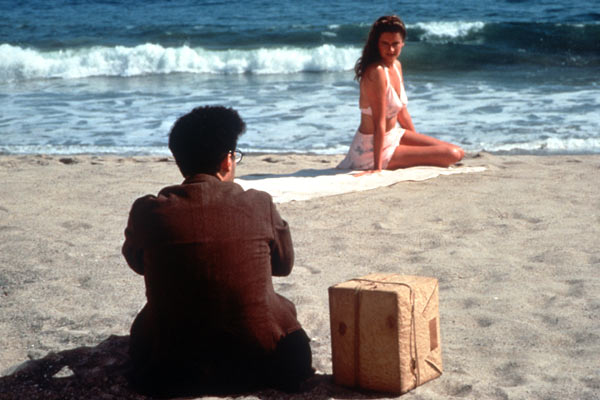
The Coen brothers’ film “Barton Fink” is a skillful Kafkaesque vision of 1940’s Hollywood.
Barton Fink (John Turturro) is a brilliant screenwriter who is asked by a big film studio to write a script for a wrestling movie that has the potential to become a blockbuster. He checks into a strange and eerie hotel room, of which the only decoration is a small painting of a woman on the beach with her arm raised to block the sun.
Soon, Fink realizes the implications of being under the control of the studio system, and he finds himself completely unable to articulate his ideas on paper as he struggles with a horrible case of writer’s block.
Thereupon, the creepy hotel becomes the set for a number of deeply surreal events: Fink’s whole career is seemingly falling away, and at the same time he is increasingly spiraling into paranoia and madness, dealing with the contractual obligations that have condemned him to slavery to a corrupt production company.
The ending of this dreadful nightmare is distinctively unusual and different from the nature of the rest of the film, and multiple unverified interpretations of the film’s meaning continue to arise, ranging from the film being a simple satire of Hollywood or even a representation of the rise of Nazism.
4. Antichrist (2009)
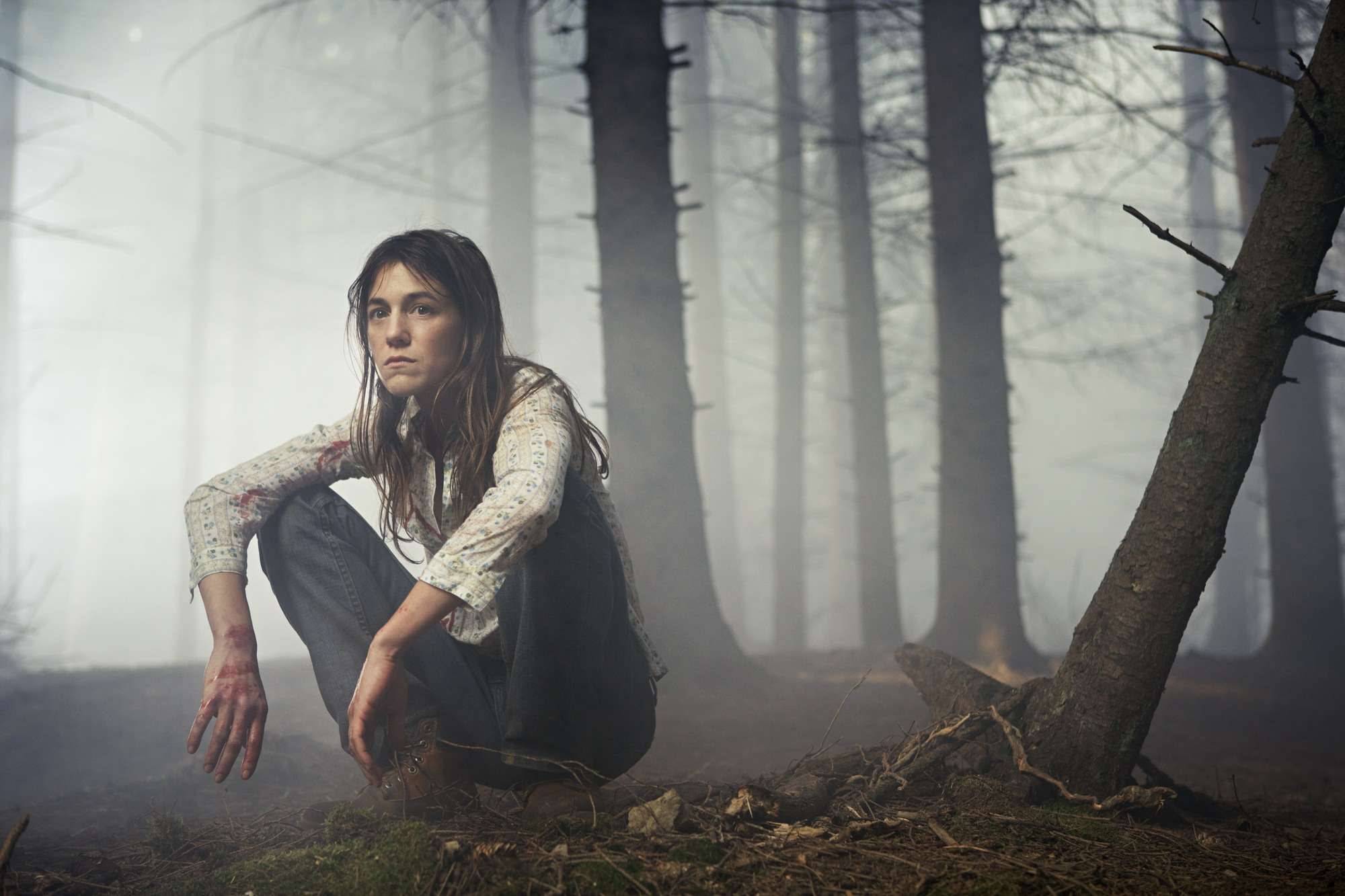
In Lars von Trier´s graphic psychodrama “Antichrist,” a mourning couple, She (Charlotte Gainsbourg) and He (Willem Dafoe) retreat to an isolated cabin in the woods to treat their crippling grief after the tragic accidental death of their infant son, only to find terror and violence when nature takes its course and evil materializes.
The film is divided into four chapters: “Grief,” “Pain (Chaos Reigns), “Despair (Gynocide) and “The Three Beggars.”
As pieces of the painful past are revealed and confronted, things start to distort inside the protagonist, especially on Her, who starts to become obsessed with her sexuality and slowly falls into a deep void of depression, panic, and insanity.
A great amount of nudity, explicit sexual activity, and violent disturbing images are shown to the observer. The film gradually increases its level of grotesque and makes use of elements such as occultism, witchcraft, and hell itself,
During the peaceful Epilogue, hundreds of blurred-faced women appear in the woods and start walking toward Him. What is it all about? The viewer is left to decide.
3. Solaris (1972)
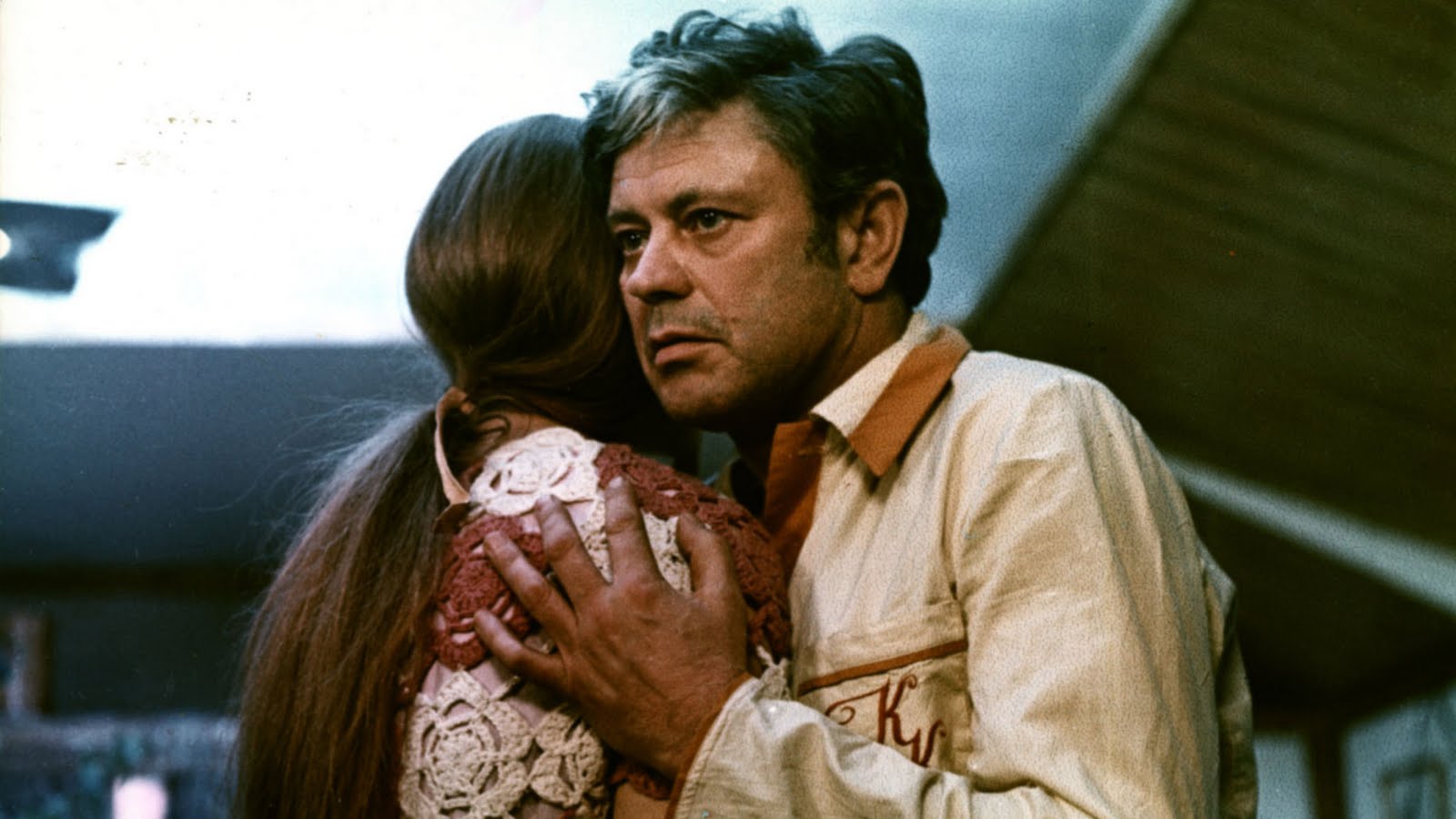
Tarkovsky´s thought-provoking masterpiece “Solaris,” based on the novel by Stanislaw Lem, follows psychologist Kris Kelvin (Donatas Banionis), who is sent to a space station rotating around the planet Solaris to investigate the mental-emotional breakdown of the remaining crew members after a mysterious innate intelligence has caused them to go insane.
After Kris’s arrival at the station, Solaris begins to send him manifestations of his dead wife (Natalya Bondarchuk), who died 10 years ago after committing suicide. He eventually discovers that the planet’s sentient ocean has the ability to materialize the inner thoughts of humans into tangible beings, leading him to question what he wants in life: to live in a dream with the planet’s fabrication of Hari, or to return to his real life on Earth.
After numerous strange happenings, Kris has returned to his father’s house; as the camera pulls back, it’s revealed the house is on a small island in the middle of the ocean on Solaris.
The film has to be watched more than just once to tie up the loose ends that the viewer is required to connect by themselves, and all science fiction aspects are merely a vehicle to open a philosophical debate about emotion, perception, and human’s deepest fears.
2. The Shining (1980)
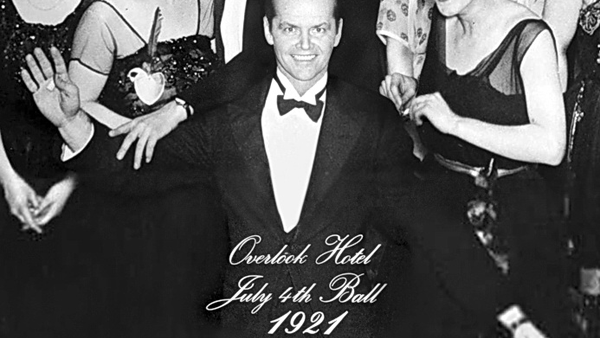
“The Shining” is a psychological horror thriller from the acclaimed director Stanley Kubrick, based on the Stephen King’s novel of the same name.
Jack Nicholson turns in a great performance of Jack Torrance, a recovering alcoholic writer who accepts a job as a caretaker for six months with his wife Wendy (Shelley Duvall) and their son Danny (Danny Lloyd) at the Overlook Hotel in the mountains of Colorado (a remote location where many depraved incidents have taken place) during the winter season.
Initially, Jack intends to use the solitude of the hotel to pursue his passion for writing, but after months of extreme isolation and seclusion, his condition increasingly worsens as he is constantly haunted by the supernatural entities that inhabit the hotel, and begins to descend into insanity, gradually becoming a threat to his own family.
The ambiguous ending of this film has prevailed as a mystery through decades and helped to ensure its legacy. In the final shot, we can see a photograph of Jack (looking physically exactly) as a resident of the Overlook Hotel at the July 4 ball in 1921, approximately 60 years ago before all the events occurred in the movie.
What does this final image mean?
1. Eraserhead (1976)
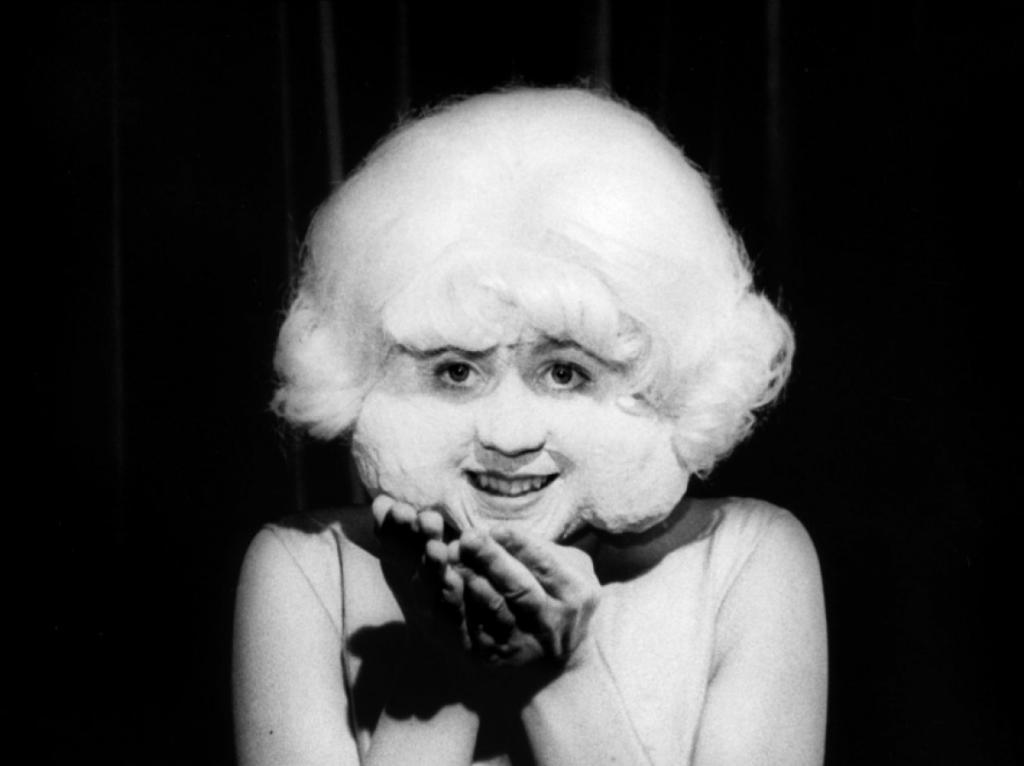
In David Lynch’s feature-length debut “Eraserhead,” he reveals a stunning visual imagination to depict the dreary existence of Henry Spencer (Jack Nance), a depressed factory worker forced into marriage with his girlfriend Mary X (Charlotte Stewart), who abandons him after giving birth to their amphibian-like mutated child.
Left alone to look after his deformed baby, Henry tries to escape his anxiety and fears through a series of dreams and images, finding solace in a mysterious little woman who lives in a radiator. In this harrowing nightmare about the ultimate male responsibility (and the fears this can evoke), one might wonder whether the baby really looks so horrid, or whether Henry simply perceives him like that along with his bizarre hallucinations.
“Eraserhead” is a meticulously well-crafted film set in an industrial depressing environment, the film borrowed certain elements from genres such as German expressionism and avant-garde; furthermore, it is arguably one of the greatest pieces of surrealist cinema since Dali and Luis Buñuel’s “Un Chien Andalou.”